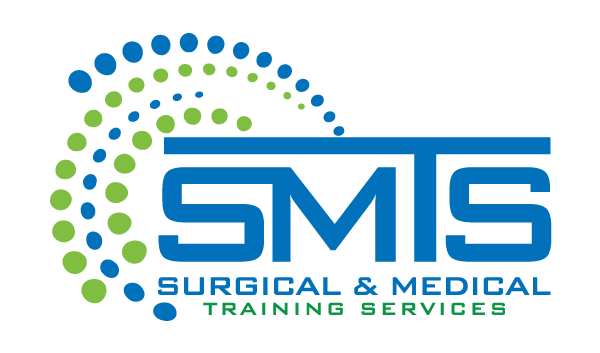According to a Johns Hopkins analysis of the medical death rate during an eight-year period, more than 250,000 deaths a year could be attributed to medical error. Each year, great strides are made in the medical community to improve patient safety. Continued research and development are necessary not only in hospitals but also in public and private medical practices. Here, we discuss a few strategies that are being implemented to achieve this.
ENCOURAGE A CULTURE OF RELIABILITY.
First and foremost, it is vital that the medical community develop an environment in which accountability is encouraged. The line here is that it is far too easy to lean to a “punishment” type of environment in which medical providers are actually discouraged from accurate reporting. The rule of proper accountability is to focus on behaviors rather than care providers.
Reliability is also a cornerstone of adequate medical care, and there may be no better way to achieve the highest standards of reliability than for each medical provider to have an in-depth familiarity with human anatomy. Training is something that never stops for the medical professional. SMTS – Surgical & Medical Training Services has been established to support physicians and staff in their quest to improve quality of care while simultaneously reducing the risk of medical errors. Although numerous VR platforms have been developed to assist medical students in their training, they are not and should not be perceived as a substitute for human cadaver training.
INTERDISCIPLINARY COLLABORATION
In just about every instance of patient care, there is a chain. Where there is a handoff of patient care from one provider to another, communication will always be a critical point; one at which medical errors could happen. Quality assurance experts have observed positive effects of decentralizing pharmacy services within the hospital setting, placing pharmacists closer to the point of patient care, if not directly in front of individual patients, to provide necessary counseling on the use of various medications.
ENGAGING PATIENTS IN THE JOURNEY
Healthcare professionals are well aware that patients and their caregivers may not be the most reliable source for reducing medical errors. However, strides can be taken to empower patients with the awareness that they and their immediate caregivers are their own best advocates. To support this empowerment, physicians and practice or hospital staff can provide detailed literature including tips for patients when interacting with their healthcare team (such as making sure the doctor knows about all medication use). Patients should also be encouraged to conduct their own research on their condition and potential treatment options they can then discuss with their doctor.
The human body is the very basis of medicine. SMTS – Surgical & Medical Training Services understands this and has established national and international facilities and courses to support continued education. For more information on cadaver labs and bio skills training, call (888) 801-9444.

